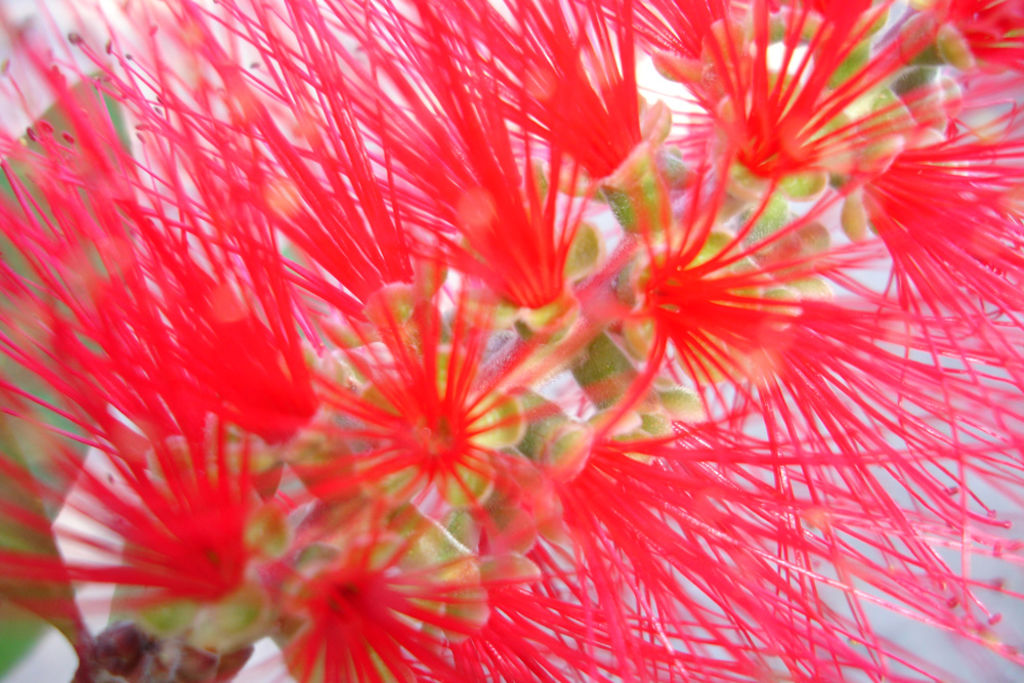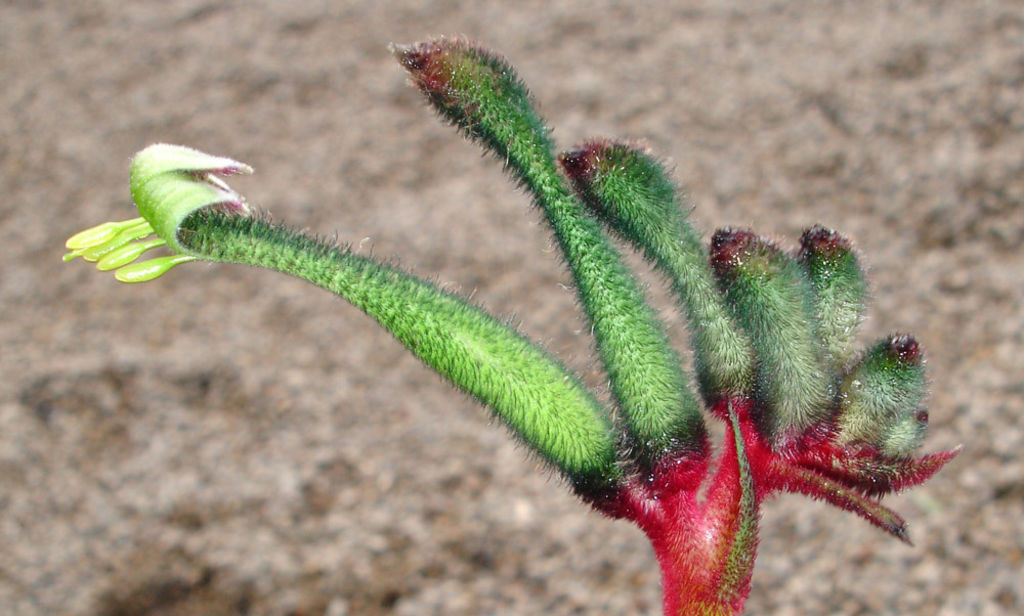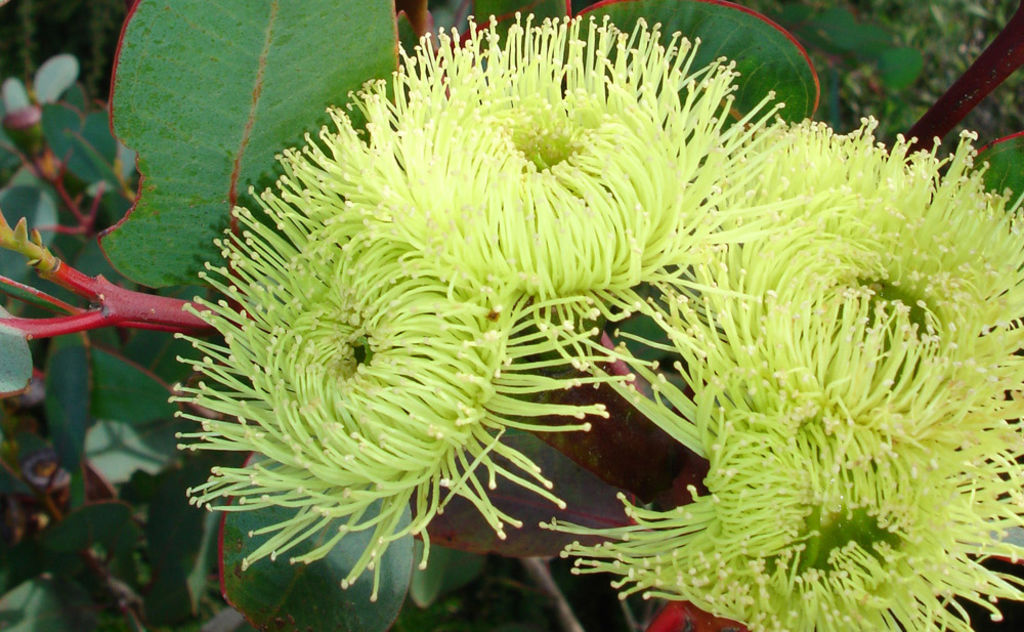Low maintenance and imbued with Australian history: The case for native plants in your backyard

In a climate where drought, unpredictable weather and water restrictions are a reality, native plants are the enduring, sustainable and ethical gardener’s choice. Once seen as daggy, homeowners are now gravitating towards the use of native plants in their gardens.
Stephen Woods, of Woods Landscapes, has noticed that homeowners are opting for native gardens as they’re low maintenance, avoid soil erosion, can be left unmanaged during holidays and are a sustainable and ethical choice.
“Natives are diverse in their colours, shapes and size, sustainable and imbued with Australian history,” says Woods. “They’re also the easy option for those without a green thumb or who don’t have the time and ability to regularly weed and water.”

Coming up to Christmas, there’s every chance the garden will be left to its own devices. No one wants to arrive home to dead plants and cracked, dehydrated soil. The beauty of a garden flourishing with plants that are naturally drought-resistant, is that they’re also holiday-proof.
Many of us think of eucalypts when we think of native plants. But every year, the variety of native flora available at nurseries expands. Many of these plants are adaptable to varying temperatures and soil conditions.
“Factors to keep in mind when choosing natives are what size the plant will grow to, whether it is well paired with other natives, whether the plant has fruit that will attract wildlife, and when it flowers,” says Woods.
For those who are intimidated by the enormous variety of native plants, or confused by how to plan ground cover, trees, shrubs and climbers, it’s worth investing in a landscape gardener’s expertise to plan and implement the garden – saving time and expense in the longer term.

- Related: All the trends interior designers hate
- Related: The indoor-outdoor dwelling for a family of six
- Related: Indira Naidoo’s guide to growing edible blooms
“Many of my clients are curious about native plants, having seen them in other gardens and nurseries or magazines. They often don’t want to do a whole overhaul of their outdoor area though, so usually I’ll start by introducing native grass as a ground cover under trees and shrubs. This works out perfectly as it requires little water and repels weeds.”
When combining natives with typical English and European plants, it pays to research how much water and sunlight the plants require: planting a hardy, low-maintenance native amongst roses would negate any economic and sustainability benefit considering the water and fertiliser demands of roses.
A reliable choice, kangaroo paw develops rich red or yellow flowers in the shape of “paws” from late winter through summer.
“The larger growing forms of kangaroo paws are our most popular plant,” says senior horticulturist at Austplant Nursery and Gardens, Daavid Turnbull. “They grow quickly, provide colour and movement and are phenomenal nectar-feeding bird attractors.

Long flowering ground covers such as some of the grevilleas are also popular, like the Mount Tamboretha grevillea, grevillea lanigera and grevillea Gaudi Chaudi. These dense ground covers are highly sought after for being low maintenance and overpowering weeds.
The popularity of cooking shows and a focus on artisan and authentic cooking has lead to a rising demand for native bush-tucker foods. Lemon myrtle has tangy, citrus-scented flowers, Davidson’s plum produces small purple berries and the magenta cherry has pretty, edible berries and pale pink bursts of flower.
“Natives provide eucalyptus oil, honey and attract European and native bees, which are vital for pollinating plants and fruits,” says Woods. “The lemon myrtle flowers can be used for tea, as can the wattle seed and hibiscus.”
Whether it’s a single eucalypt or an entire native garden, there’s ample justification for introducing sustainable, wildlife-friendly, aesthetically pleasing natives into the home garden. Open Gardens are in every Australian state and often have native gardens open to the public for inspiration and information.
We recommend
We thought you might like
States
Capital Cities
Capital Cities - Rentals
Popular Areas
Allhomes
More
- © 2025, CoStar Group Inc.







